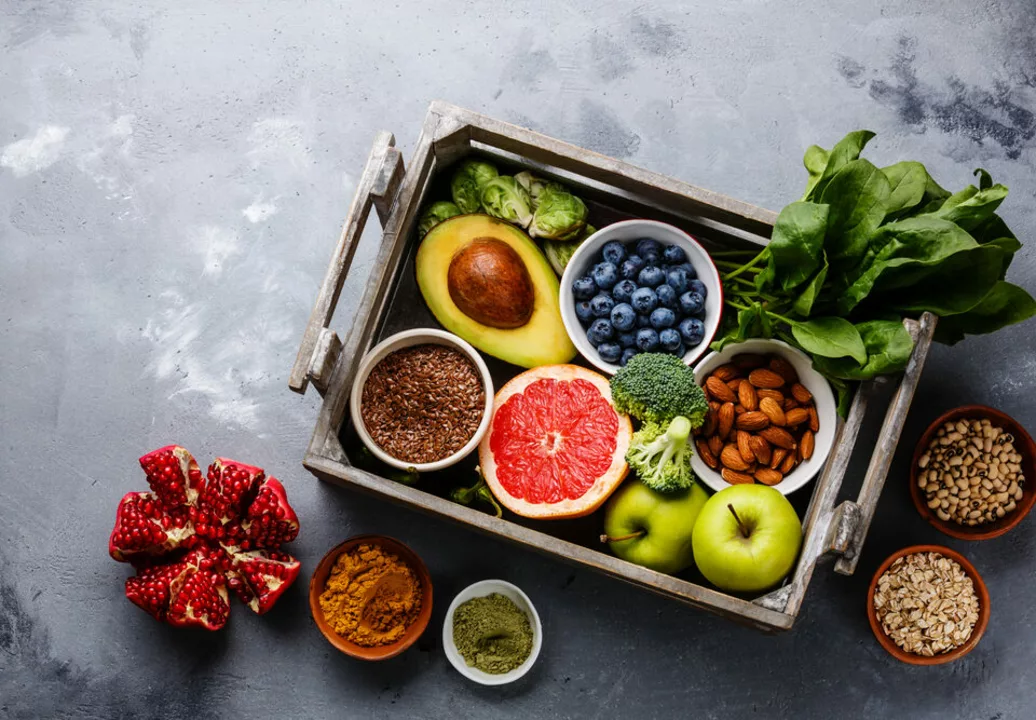Ashitaba: What It Does and How to Use It
Ever heard of a Japanese plant that people take for energy, digestion, and skin health? That’s ashitaba (Angelica keiskei). It’s not a miracle, but it packs unique compounds called chalcones that researchers think have antioxidant and anti-inflammatory effects. If you’re curious whether ashitaba fits into your routine, here’s a short, practical guide.
What people use ashitaba for
People try ashitaba for a few common reasons: a gentle energy boost, better digestion, clearer skin, and general antioxidant support. Lab and animal studies show chalcones in ashitaba can reduce inflammation, support liver function, and protect cells from oxidative stress. A few small human studies suggest possible benefits for blood sugar control and fatigue, but evidence is limited. Think of ashitaba as a supportive herb, not a replacement for meds or medical care.
Forms you'll see: fresh leaves in salads (rare outside Japan), dried leaf powder, capsules, teas, and liquid extracts. Powders and capsules are the easiest way to get a consistent amount every day.
How to use ashitaba safely
Common doses vary: powdered leaf supplements often recommend 500–1,000 mg once or twice daily. Teas and extracts don’t match a standard dose, so follow product labels. Start low—try one capsule or a small scoop of powder—and see how you feel for a week before increasing.
Mix powder into smoothies, yogurt, or soups. Capsules are handy if you don’t like the taste. If you use it topically, a diluted extract can be tried for minor skin concerns, but patch-test first.
Watch for interactions. Because ashitaba may affect blood sugar and blood clotting in some people, talk to your doctor if you take diabetes meds or blood thinners. Pregnant and breastfeeding women should skip it unless a clinician approves. Kids can be sensitive to herbs, so get medical advice before giving any supplement to a child.
Pick quality over hype. Look for brands that list the Latin name (Angelica keiskei), give a clear dose, and use third-party testing for purity. Avoid products with long lists of fillers, proprietary blends that hide amounts, or flashy health claims that sound too good to be true.
Storage and freshness matter. Keep powdered or dried ashitaba in a cool, dark place and use within the manufacturer’s recommended time. If you have fresh leaves, treat them like other leafy herbs—use quickly or freeze for later.
Final quick tips: don’t expect instant changes—herbal support often shows up over weeks. Use ashitaba as part of a healthy routine: decent sleep, balanced meals, and regular movement make supplements more likely to help. If you have a health condition or take prescription drugs, check with your healthcare provider before starting ashitaba.

Ashitaba: The Secret Superfood You Need to Add to Your Diet Today!
I recently discovered Ashitaba, a secret superfood that we all need to add to our diets today! This amazing plant, native to Japan, is packed with vitamins, minerals, and antioxidants, making it a powerhouse for our health. Not only does it help boost our immune system, but it also aids in digestion and supports healthy aging. Plus, it's incredibly versatile, so it's easy to incorporate into our daily meals. I can't wait to see the benefits of adding Ashitaba to my diet and I encourage you all to give it a try too!
More Detail